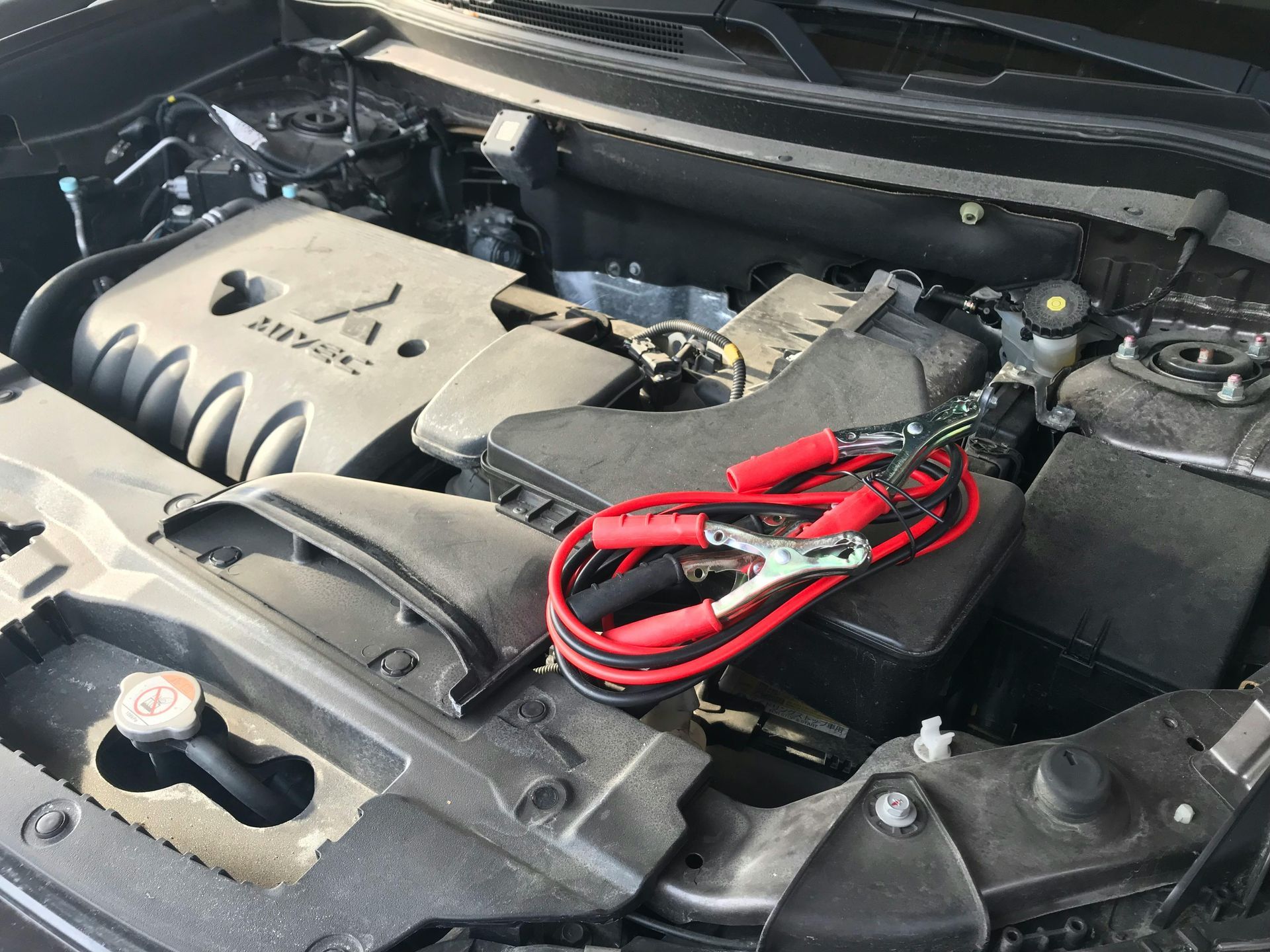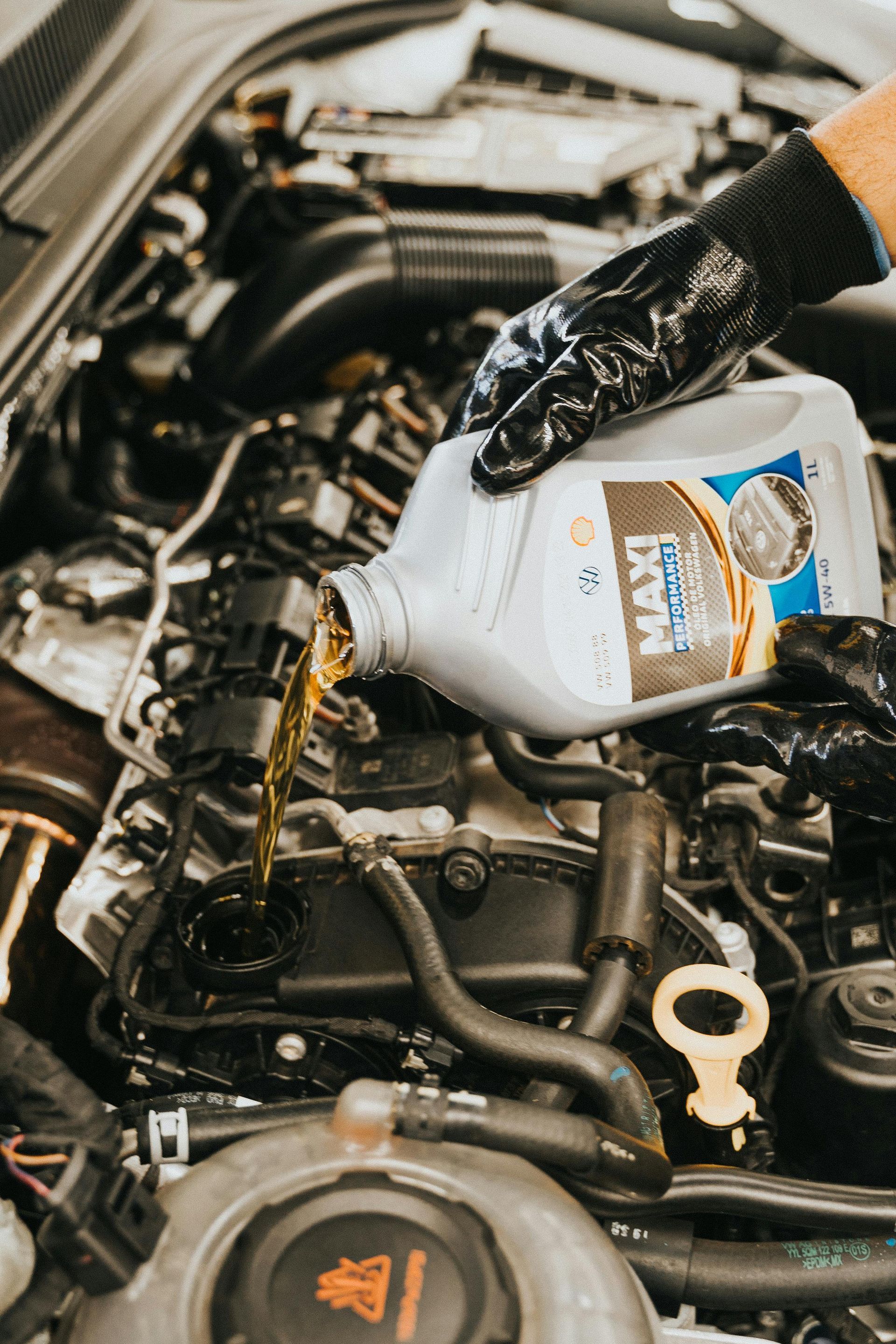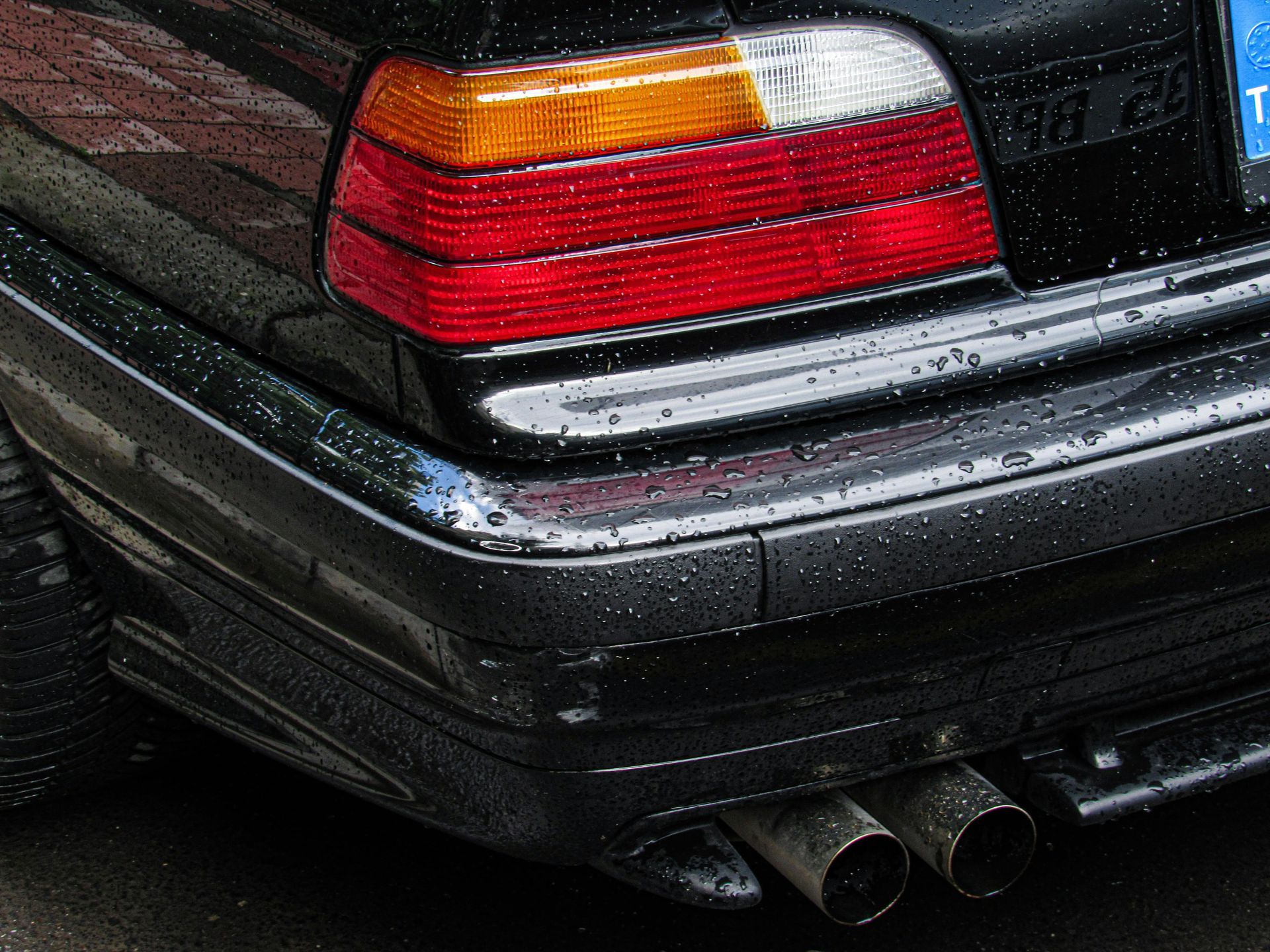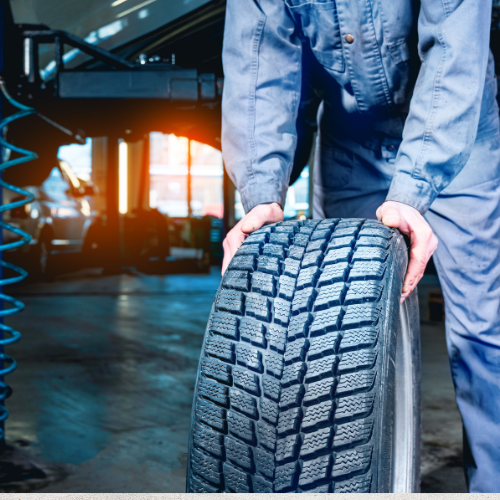Carburetor 101: How They Work and When to Service Them
Revving Through the Past and Present of One of the Most Iconic Engine Components
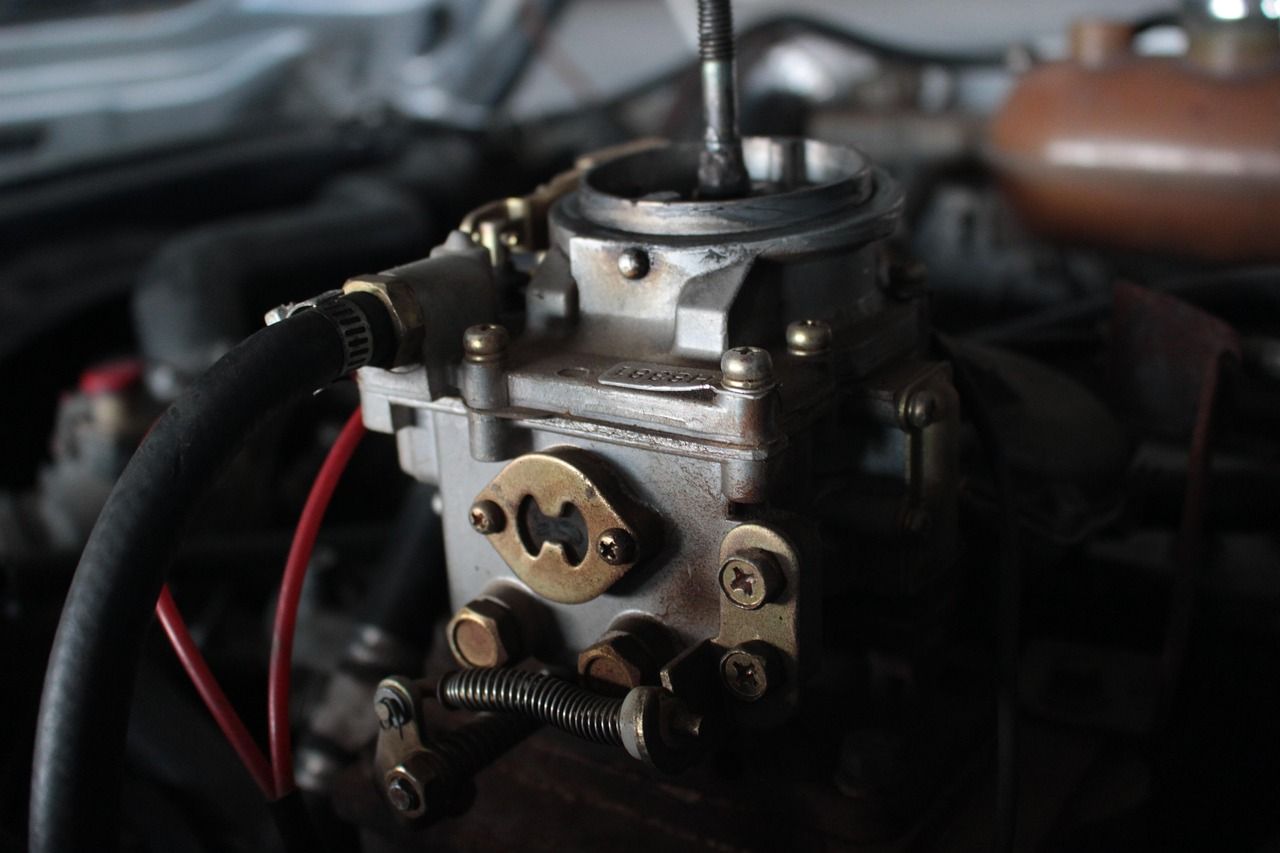
In the modern age of fuel injection and onboard computers, carburetors are like cassette tapes in the automotive world—classic, mechanical, and charmingly analog. Although electronic fuel injection systems dominate today’s vehicles, carburetors still play an important role in both car culture and engine performance. They hold special significance for vintage cars, hot rods, motorcycles, and small engines.
What does a carburetor do? Essentially, it blends air and fuel in internal combustion engines. Its role is to maintain the perfect balance between air and gasoline, ensuring smooth and efficient engine operation. Imagine it as your engine's chef, skillfully mixing ingredients for optimal performance.
A Little History Under the Hood
Carburetors have played a crucial role in automobiles ever since they were first introduced. Before the widespread adoption of fuel injection systems during the 1980s and '90s, carburetors served as the main method for supplying fuel to engines. Over nearly a century, they propelled automotive innovation, transforming from basic updraft models to complex four-barrel setups commonly found in muscle cars.
In their prime, carburetors were essential components in the functioning of some of history's most iconic engines. Picture the thunderous roar of a 1970s V8
engine propelling an old-school Camaro or Mustang forward. That impressive sound? It was all thanks to a precisely tuned carburetor.
While carburetors have mostly been replaced in modern
vehicles, they are still favored for restoration projects, performance builds, and motorsport applications. Enthusiasts appreciate them not only for their functionality but also as prime examples of mechanical craftsmanship.
How a Carburetor Works: The Basics
At first glance, a carburetor may seem like nothing more than an intricate arrangement of metal compartments, connections, and jets. Yet its function is firmly rooted in the principles of physics. Specifically, it relies on the Venturi effect: as air travels through a narrow passage within the carburetor, its speed increases while pressure decreases. This drop in pressure pulls fuel from the fuel bowl through a nozzle and mixes it into a fine mist with the quickly moving air.
The mist then flows into the engine's combustion chamber, where a spark plug ignites it to generate power.
In a typical carburetor, parts like the float bowl, main jet, idle jet, throttle plate, and choke are essential. These components work together to adjust the fuel-to-air ratio according to engine speed, load conditions, and temperature. Remarkably orchestrated as they are fully mechanical in nature able operate without any electronic support.
Tuning a Carburetor: The Lost Art
There was a time when tuning a carburetor signified a major accomplishment for car enthusiasts. Armed with just a screwdriver, vacuum gauge, and sharp hearing, they could refine the engine to achieve smoother idling, better throttle response, or amplify its roar.
To adjust a carburetor, you should set the idle mixture and speed, sometimes replacing jets or metering rods if needed. The aim is to achieve an optimal air-fuel balance that matches your engine's requirements and driving habits.
Adjusting a carburetor demands patience because it is extremely sensitive to changes in altitude, humidity, and temperature. It's not simply a "set-and-forget" job. Nevertheless, for many
enthusiasts, this challenge adds to the appeal. The hands-on aspect of the work offers satisfaction and creates a stronger bond with your vehicle.
Common Signs Your Carburetor Needs Service
Regardless of how well it is maintained, every carburetor will eventually need attention. Its dependence on small passages and mechanical linkages makes it vulnerable to wear, clogging, or aging effects.
A sign that your carburetor needs attention is if you experience trouble starting the engine, especially in cold weather. If you often have to crank the engine repeatedly or depend heavily on the choke for it to start, there could be a problem with the fuel
mixture.
Another sign is rough idling. If your engine seems to sputter or "hunt" while you're stopped at a traffic light, it could indicate that the idle circuit is clogged or incorrectly adjusted.
If you experience sluggish acceleration, see black exhaust smoke, or detect the scent of unburned fuel, it could mean that the mixture is too rich. Conversely, signs like backfiring, hesitation, or
surging might point to a lean condition.
If you observe a marked decrease in fuel efficiency and your spark plugs appear dirty, it's advisable to check the carburetor. Frequently, simply giving it a good cleaning can resolve the issue. If that's not enough, replacing any worn gaskets, diaphragms, or needle valves might be necessary to restore optimal performance.
Cleaning the Carb: A Job Worth Doing Right
Over time, substances like fuel residue, dirt, and varnish can build up in the intricate passages of a carburetor. This accumulation is especially common when a vehicle sits idle for long periods or operates on ethanol-blended fuel. Properly maintaining a carburetor involves more than just surface cleaning; it often requires full disassembly to ensure thorough maintenance.
To effectively clean a carburetor, start by soaking the disassembled parts in either a solvent or an ultrasonic cleaner. Once soaked, use compressed air to gently clear out each jet and passageway. Rebuilding kits are easily accessible and usually come with new gaskets, seals, and sometimes jets too.
If it sounds like a significant amount of effort, that's because it truly is; however, the rewards are substantial. Restoring an old carburetor to its original condition can revitalize a vehicle that has been underperforming, even during idle moments at stop signs.
When to Rebuild vs. Replace
Sometimes a carburetor cannot be fixed with simple repairs. Issues such as corrosion, cracks, or significant wear in the throttle shaft bores can render rebuilding ineffective. In these situations, it might be most practical to replace the carburetor altogether.
For individuals who enjoy using tools, rebuilding can be a cost-effective and fulfilling choice. Conversely, if time is tight or parts are hard to find, choosing to install a new carburetor might alleviate stress and guarantee that your vehicle operates smoothly.
Performance Carburetors: Feeding the Need for Speed
If you're passionate about speed and power, performance carburetors present numerous tuning options. With features like larger venturis, secondary throttle plates, and either mechanical or vacuum-operated secondary systems, these carburetors enhance control over your engine's airflow dynamics.
Performance carburetors enhance airflow and fuel delivery, making them ideal for high-horsepower setups and aggressive camshaft profiles. However, they are not limited to the drag strip; street cars with upgraded exhaust systems, headers, and ignition can also gain from a carburetor that provides a richer and more responsive mixture.
It's crucial to ensure that the size and flow characteristics of a carburetor align with your engine's requirements. An overly large carburetor can negatively impact performance, causing low RPM bogging. Selecting the right one requires thorough research and possibly some experimentation.
The Role of the Choke in Cold Starts
The choke is often one of the most misunderstood components of a carburetor. Its function is to limit airflow when the engine is cold, which enables a richer fuel mixture and facilitates easier starting. As the engine heats up, the choke gradually opens to restore a normal air-fuel ratio.
Manual chokes allow the driver to have complete control, whereas electric and vacuum-operated chokes adjust automatically. If your engine has difficulty starting on cold
mornings in El Cajon, it might be due to a malfunctioning or improperly adjusted choke.
Properly adjusting the choke can significantly improve drivability, especially during seasonal changes or for vehicles that aren't used
daily.
Why Carburetors Still Matter Today
Even with the transition to digital fuel injection in modern vehicles, carburetors continue to hold significance for hobbyists, performance enthusiasts, motorcycle riders, and owners of older cars. They provide a tangible connection to an engine's mechanical essence.
Carburetors are usually easier for DIY enthusiasts to grasp and fix. They don't need computer diagnostics or specialized software, as problems can often be identified by listening, observing visual signs, or detecting smells. This hands-on approach appeals to those who enjoy working with their tools and relying on their intuition when making tuning adjustments.
They evoke a sense of nostalgia, possessing an undeniable charm in pulling the choke, hearing the engine spring to life with a roar, and experiencing the immediate response of a finely-tuned machine.
El Cajon’s Carburetor Culture
In El Cajon, a vibrant community of car enthusiasts flourishes with deep admiration for the artistry found in classic vehicles, particularly those featuring carburetors. This local automotive culture—comprising car shows, cruise nights, backyard projects, and restoration endeavors—keeps carburetors central to their passion.
Whether you're maintaining a 1965 Mustang or fine-tuning a '70s pickup truck, working on a carbureted vehicle provides an immensely gratifying experience. It combines
history, engineering prowess, and personal connection in ways that few modern components can rival.
Keeping Vintage Vehicles Alive
Classic cars demand a distinct level of care, largely due to the central role carburetors play in older engines. Ensuring these components remain in optimal condition is crucial for preserving these historical vehicles.
There's no need to rebuild the carburetor annually. Instead, prioritize regular
inspections, use fuel stabilizers, and run the engine often to prevent issues. By spotting signs of a lean or rich condition early on, you can take timely action that ensures efficient engine operation and reduces long-term wear.
Restoring and driving a carbureted car is more than just getting from point A to point B; it's about preserving the rich heritage of automotive history.
Looking Toward the Future, Honoring the Past
In an era dominated by electric vehicles and self-driving technology, the carburetor stands as a beacon of simplicity and ingenuity. It serves as a reminder that some of the most satisfying driving experiences stem from feeling in tune with the road, listening to the engine's roar, and immersing oneself in hands-on tinkering under the hood.
For many people,
carburetors are more than just components; they are embedded in personal narratives. They might evoke memories of the car where you first learned to drive, the classic vehicle restored with your father, or the motorcycle that takes you on urban adventures. Carburetors link us to cherished moments and significant milestones from our past.
Even though they may no longer be at the forefront of innovation, they remain prosperous. With some focus and interest, they'll continue to thrive for many years ahead.
John’s Automotive Care El Cajon is your trusted destination for reliable auto repair services. Our team of skilled and experienced auto mechanics is dedicated to providing exceptional service to our community. Located in El Cajon, CA, we proudly serve customers in the surrounding areas with a commitment to delivering top-quality repairs and maintenance. Whether you need routine maintenance or complex repairs, you can rely on us to handle your vehicle with a steady hand and keen attention to detail. As an AAA-certified facility that is Certified Green Business and Napa Auto Care Gold-Certifed, we strive to exceed customer expectations and ensure your satisfaction. At John’s Automotive Care El Cajon, we value clear communication and transparency, providing straightforward explanations and recommendations to help you make informed decisions about your vehicle. We understand the importance of reliability, so we offer a comprehensive warranty for your peace of mind. We aim to build long-lasting customer relationships based on trust and exceptional service. When you choose John’s Automotive Care El Cajon, you can rest assured that your vehicle is in expert hands. Contact us today or
schedule an
appointment and experience the difference of working with our dedicated team of professionals.




